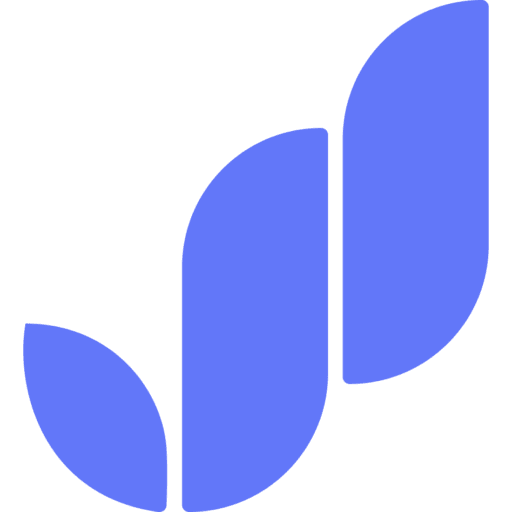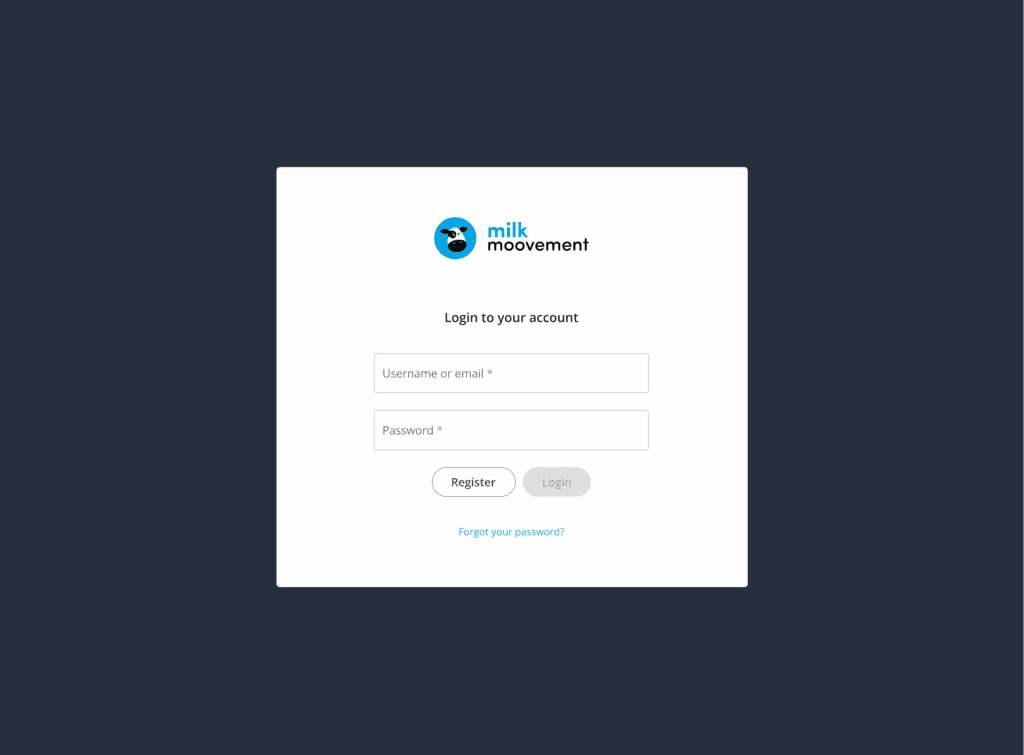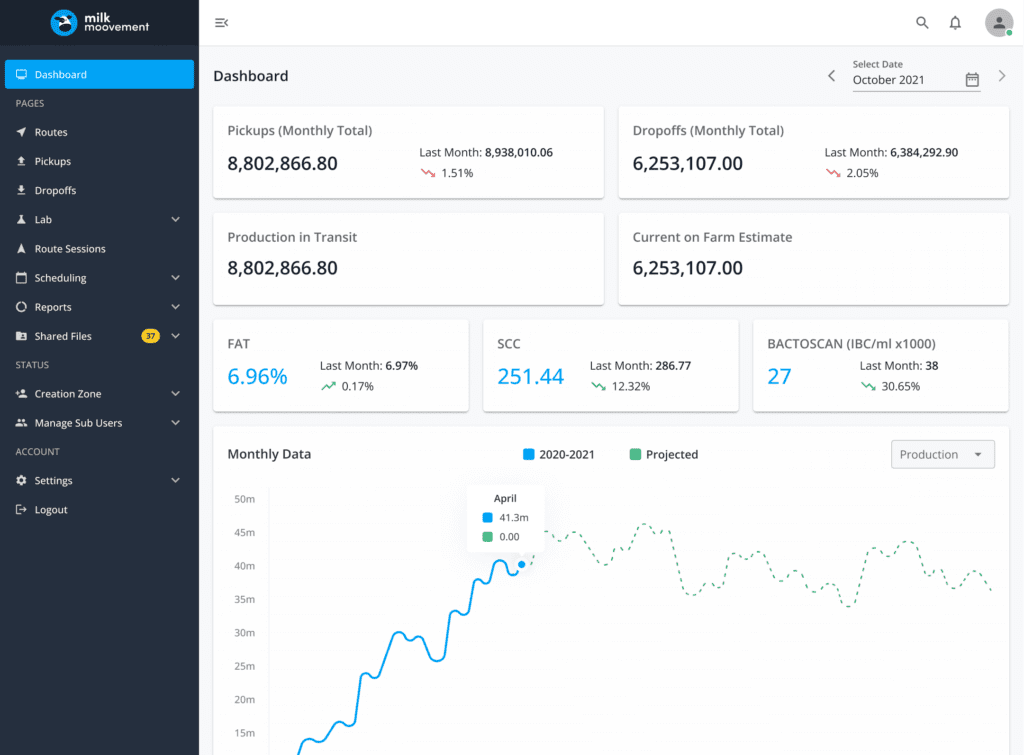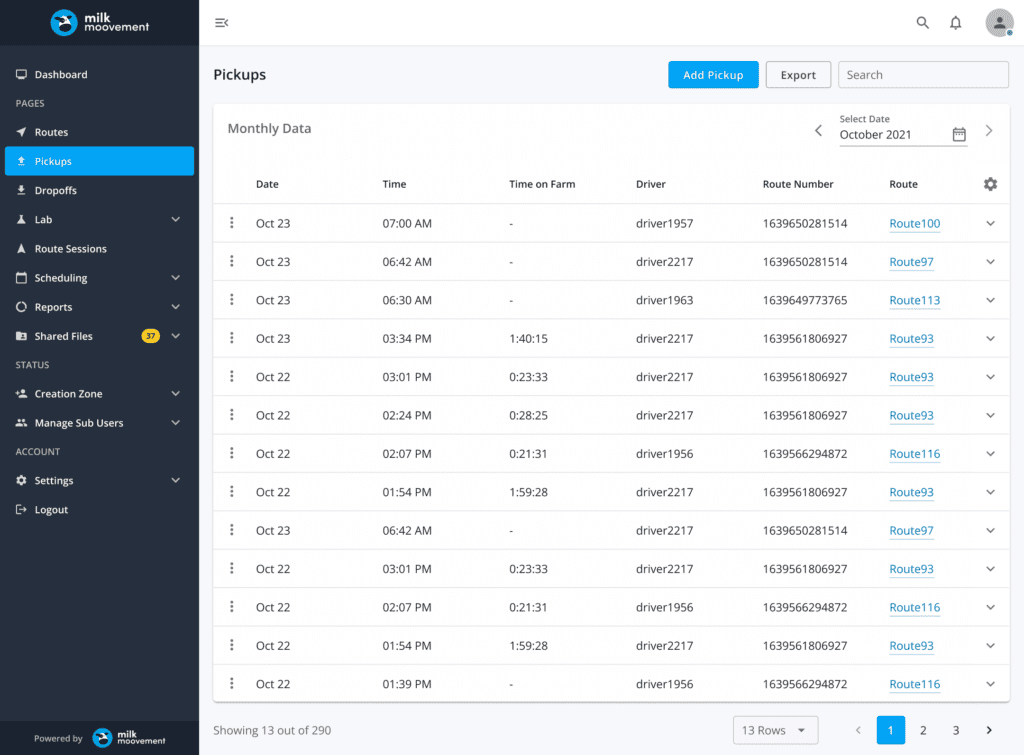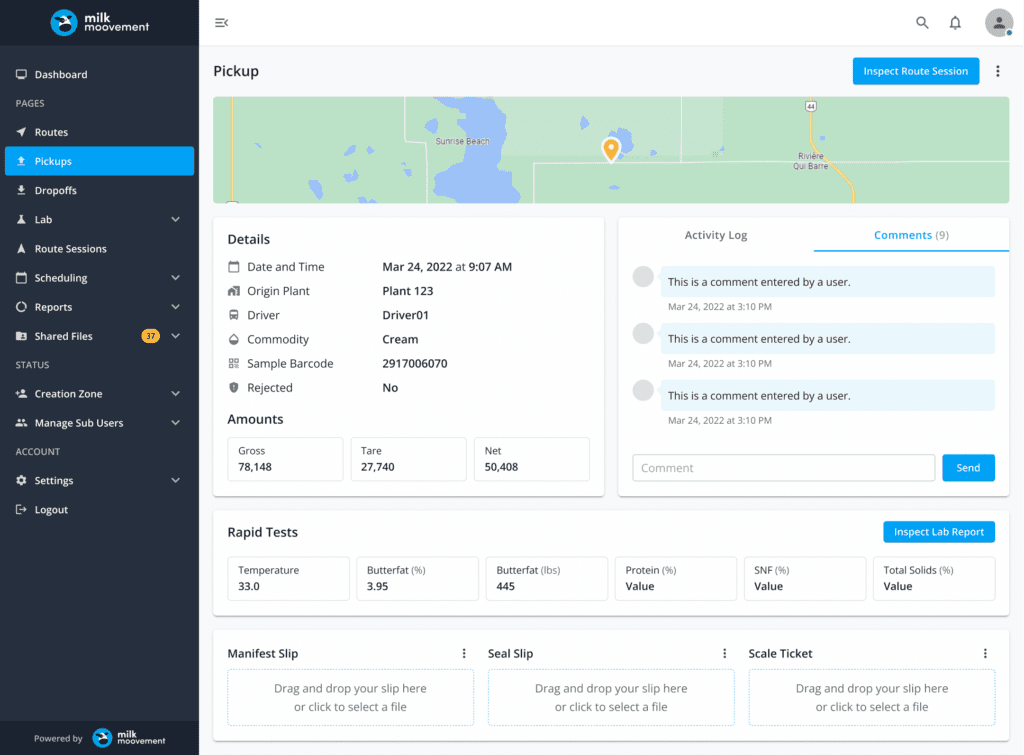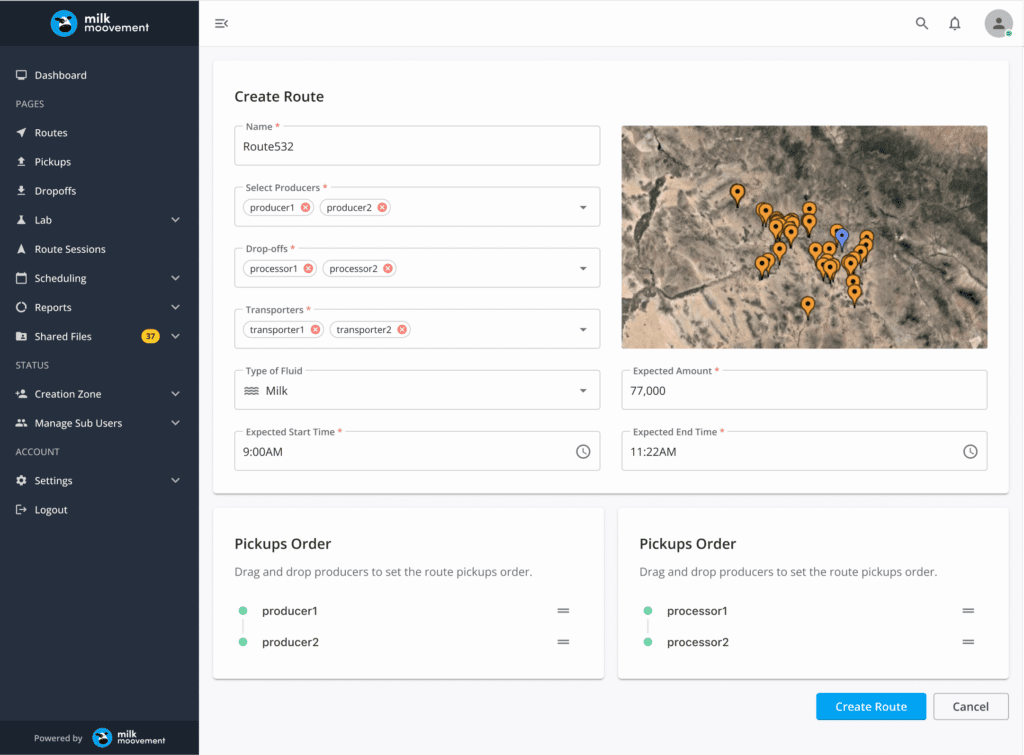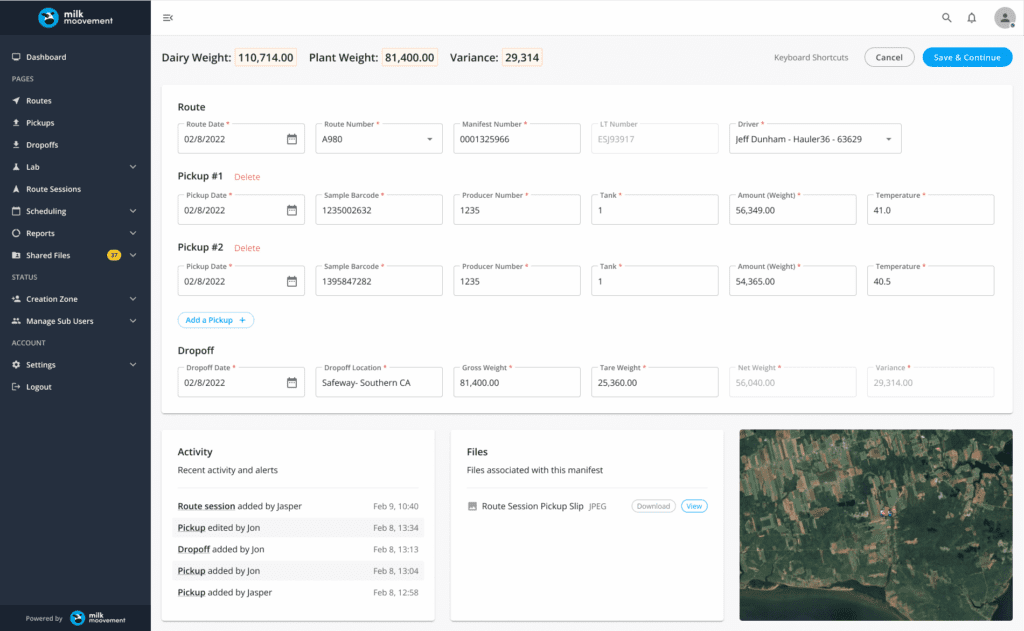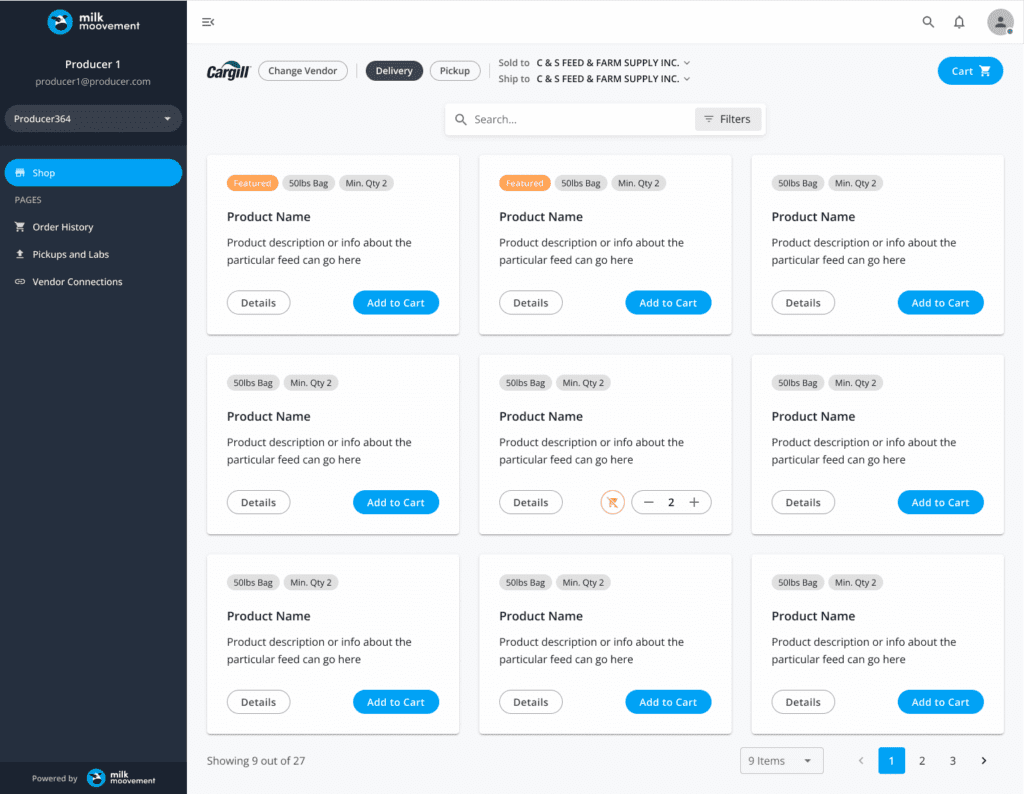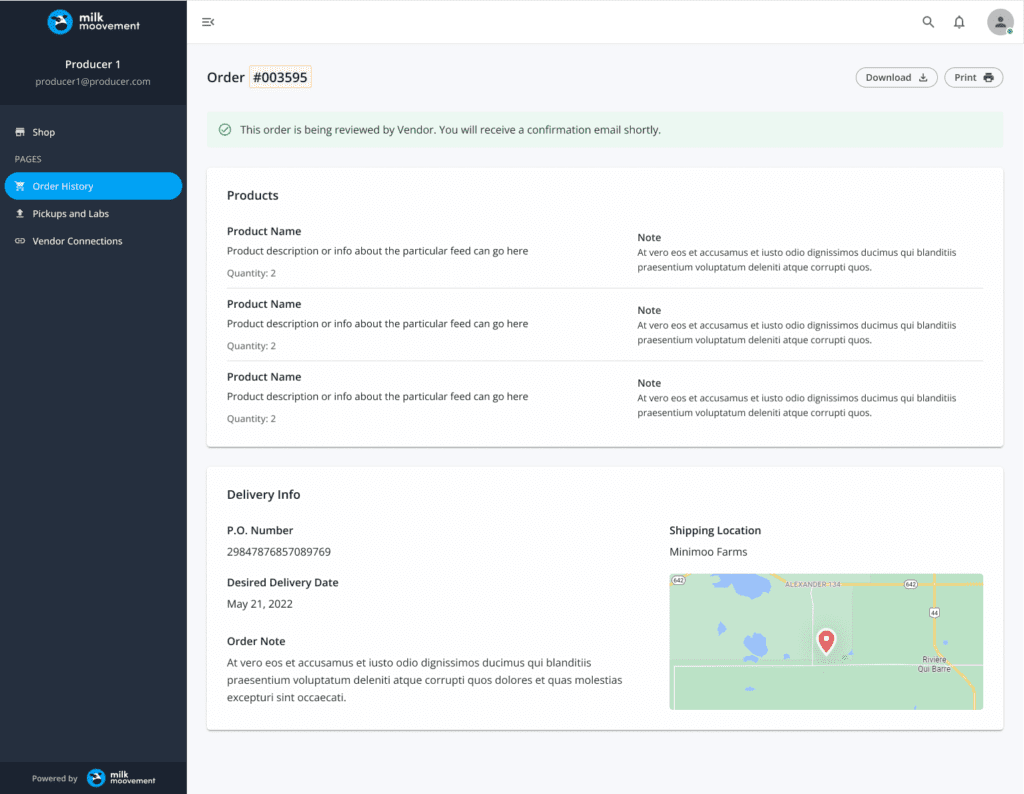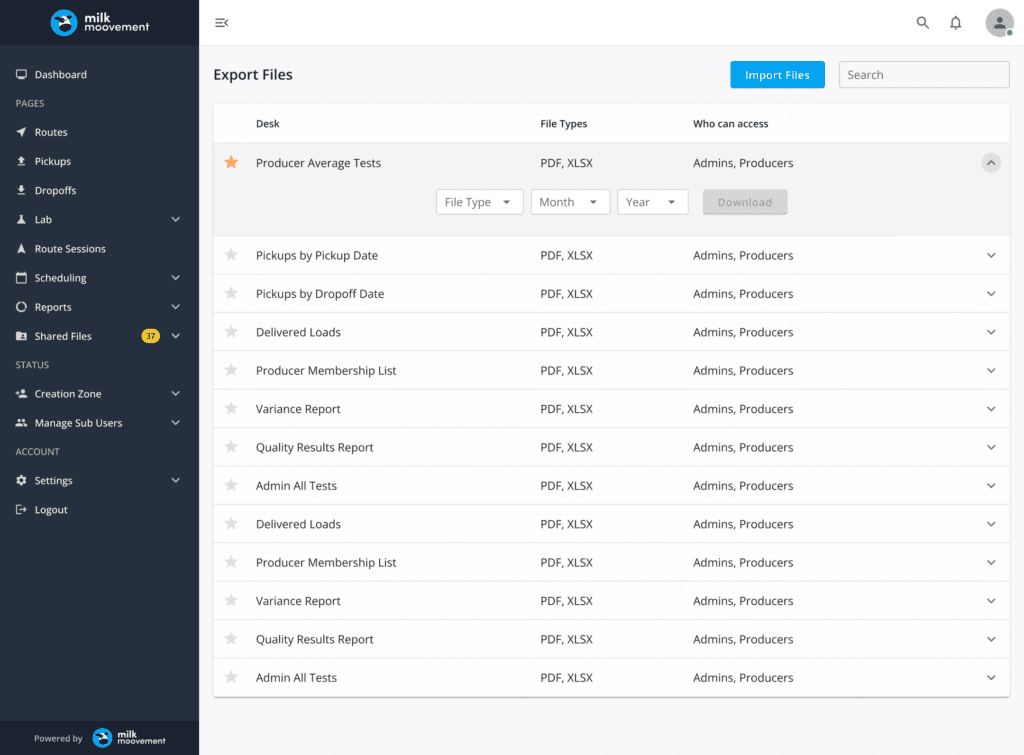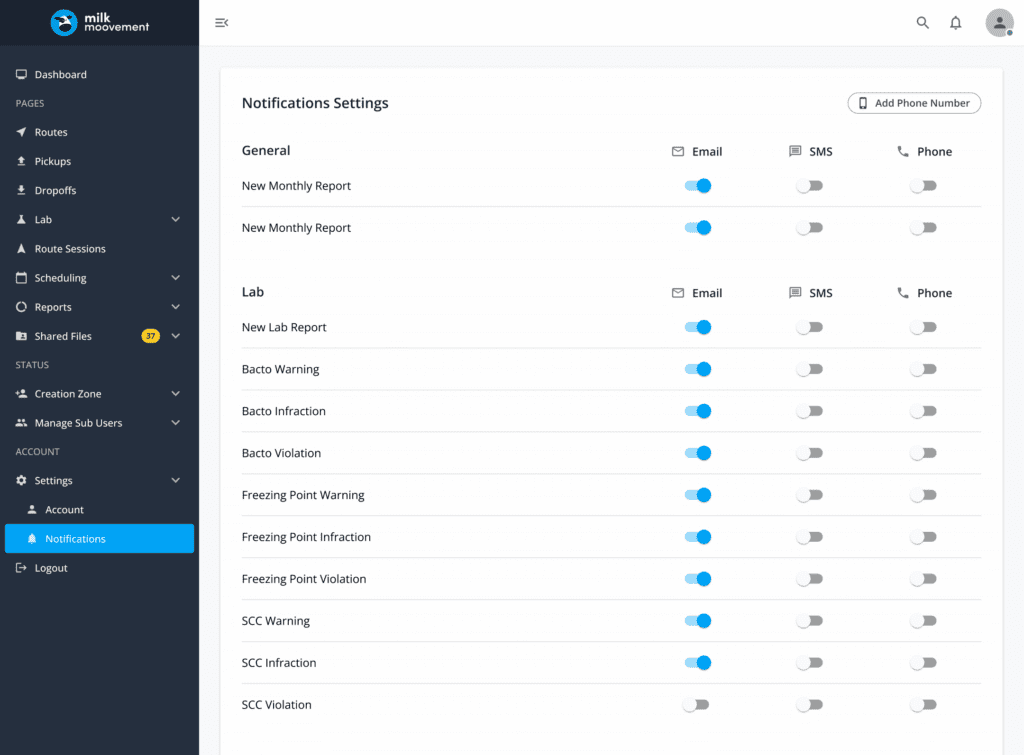Milk Moovement aims to centralize the workflows of all the people who make up the complex and strict dairy supply chain. From the farm to the grocery stores and every stop along the way — the goal is efficiency, collaboration, and security all connected to a centralized and unified user experience.
Redefined dairy supply chain
Milk Moovement is a powerful tool that connects all players in the dairy supply chain with features for transportation monitoring, production tracking, quality monitoring, producer payment, so much more.
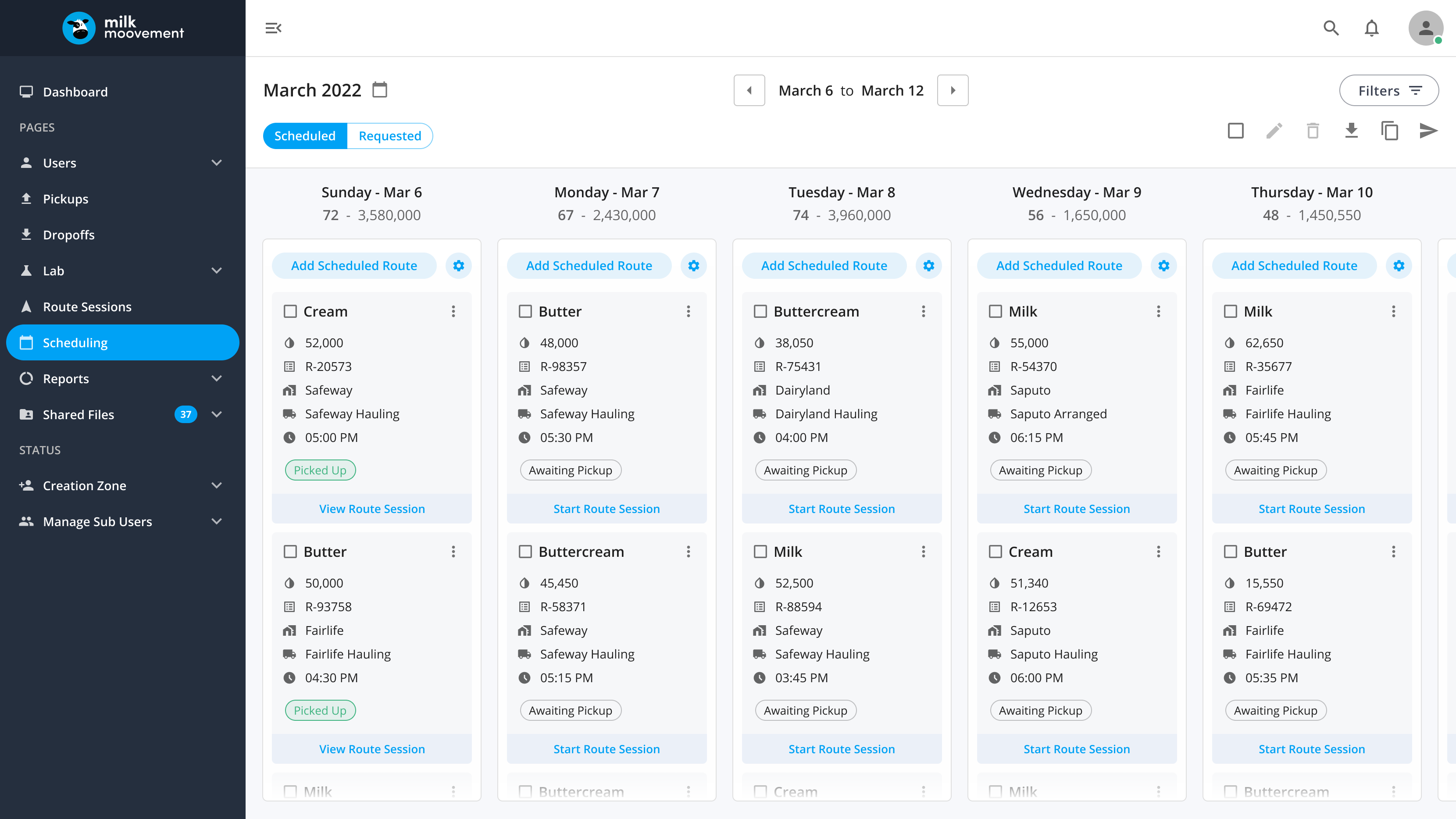
Background
The platform has a variety of user types like producers, processors, farmers, and drivers each of whom have a varied workflow and unique user experience expectations. Further clarity will be added to this throughout this case study.
Defining the Problems
While in the process of identifying the underlying concerns with a-to-z experience of various tasks and activities within and around Milk Moovement, I connected with our users and established a common ground on the core problem. That being how disconnected the processes are between the various people that collaborate together to get dairy products from the producer to the grocery stores and how each step of the way was not managed in a way that is cohesive, trackable, secured, or centralized.
”Our users face difficulties with searching and filtering the data they're looking at.
California Dairies
”There is no route scheduling or real time status indicators on Route Sessions.
Prairie Farms
”Our lab technicians need a way to enter the test results and lab reports for pickups.
United Dairymen of Arizona
Understanding our Users
I set out to get a better understanding of our users by conducting market research, user interviews, and persona management to map the various user types to the appropriate experience and workflow. In an effort to further understand our users – I analyze data and user metrics to get a quantitative picture of how our users current engage with the platform.
Objectives
Taking my own assumptions about the user experience and combining that with the thoughts and concerns of our users – I can start setting the up objectives and the roadmap for solution delivery. I then break this down into short form high level tasks.
- Create a consistent, reliable, and scalable design system
- Add app-wide search, better navigation, and filtering for data sets
- Create a simple yet extensive experience for scheduling Routes
- Improve and give clarity to the status indicators across the platform
- Improve the user experience from z-to-z for each user type
Ideation
When it comes to even the smallest details, I don’t stop at one concept. Having multiple variations and concepts available definitely did progress the collaborative conversation substantially and created great talking points both internally and externally with focus groups.
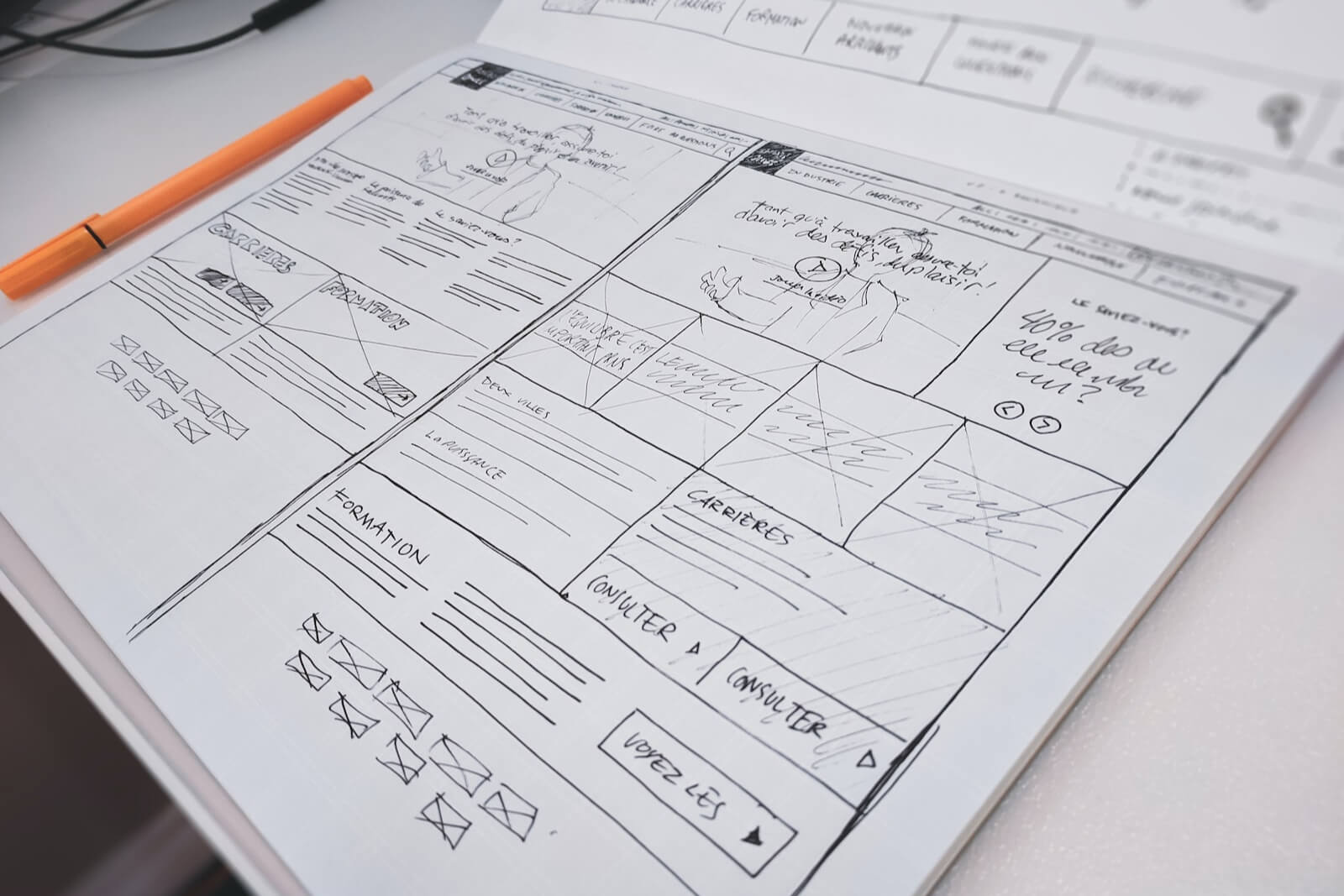

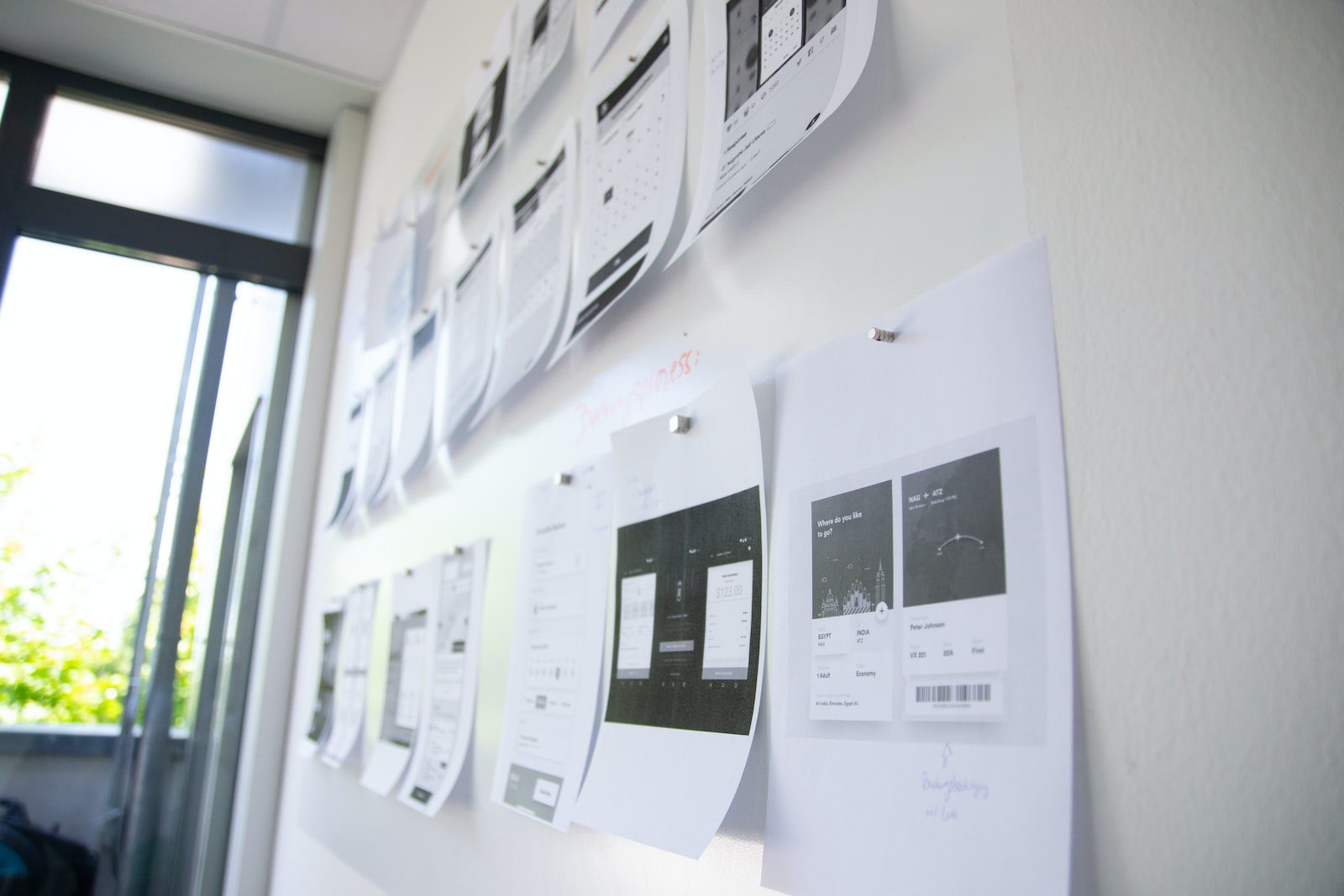
Final Solution
The final product is the culmination of all the market research, understanding our user on a human level, and planning a structured design roadmap to deliver the best solution possible all while actively collaborating with the internal product and engineering teams. This resulted in a product that is a usable, powerful, thoughtful, well designed, scalable, and above all – built to solve the challenges faced by everyone across the dairy supply chain.
Next Steps and Learnings
Even now that a product has been delivered to our users and a roadmap of planned implementations is in effect – the work on iterating and adapting to their needs still continues. For this we pay careful attention to certain user analytics like:
- Heat maps showing user activities throughout the app
- Behaviour mapping for troubleshooting experience barriers
- User retention and engagement analysis
- Measuring task completion times
- Conducting outreach to assess the overall satisfaction level of our users
